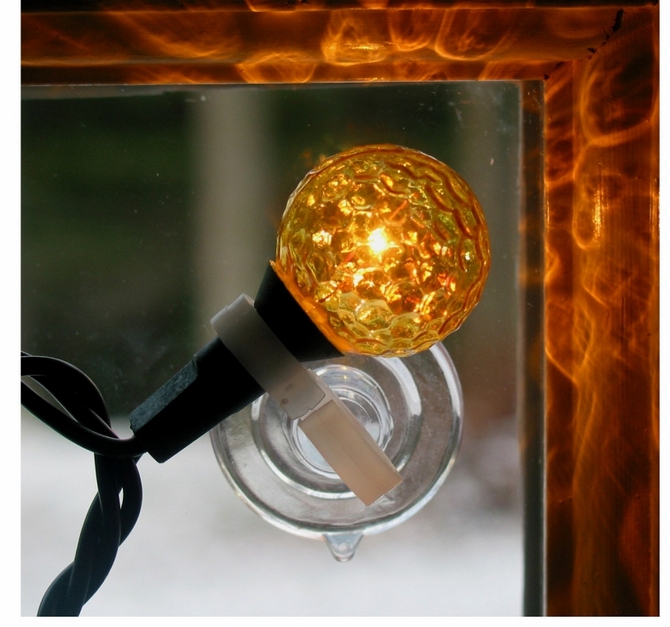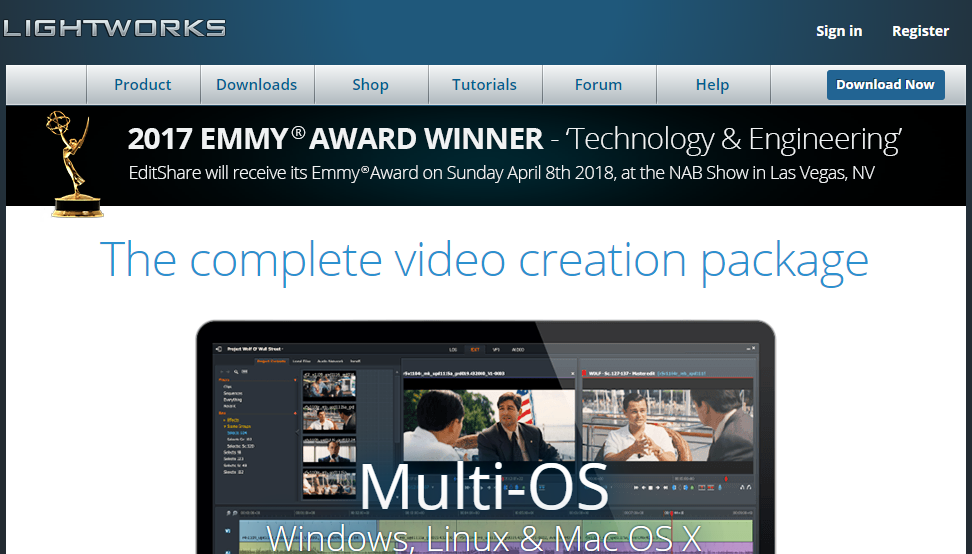

#LIGHTWORKS SPLIT CLIP SOFTWARE#
VSDC requires 2GB RAM, and its installation file is less than 80 Mb, so it’s a great option for those struggling to find software with low system requirements.Īlthough the program interface might seem tricky at first, there’s plenty of tutorials both in text and video format, so you’ll quickly get the hang of it. It’s lightweight, intuitive, and feature-rich.
#LIGHTWORKS SPLIT CLIP FREE#
VSDC is a free video editor for Windows PC.
#LIGHTWORKS SPLIT CLIP PC#
VSDC – free video editor for YouTube creators on PC In this article, we’ll review 5 beginner-friendly video editors for YouTube that happen to be completely free. However, if you want to use more sophisticated effects, transitions, and overlays, you’ll need a more powerful piece of software. If that’s all you need – great! Your search is over. It allows you to cut out unwanted pieces of footage, add music and text. If you followed the basic timeline editing tutorial, you should now have a very rough assemblage of clips on your Lightworks timeline.Ask any successful content creator, and they’ll tell you there’s no single best video editor for YouTube.įor some, the built-in YouTube Studio editor might be sufficient. When creating an assembly edit, it’s best to cut for audio and not be too concerned about how the video looks.

This also makes sense if you are following the general editing rule to only cut when new information is presented. A change in speaker is certainly new information, but sometimes a character’s reaction is even more important, and we don’t need to see the speaker at all. Not to mention hard cuts between each line of dialogue is rather disorienting, predictable, and frankly quite boring. It’s nothing a bit of advanced trimming can’t fix. Unless the film stylistically calls for an editing approach that celebrates the involvement of an editor, the goal is to be as invisible as possible. There are several techniques for “softening” a cut to make them less noticeable. Two very powerful techniques are J and L cuts. With a J-cut, we hear the sound from a clip before we see it. An L-cut is just the opposite we see a clip before we hear the audio. So really, it’s one technique that is mirrored. To understand the naming convention for these cuts, it’s best to see how they look on a timeline. This slight overlapping of video and audio helps our brain cope with the edit. We hear the audio and subconsciously prepare ourselves for the cut. Alternatively, we see the new character and prepare for the speaker to change. Not only does this make our editing more transparent, it allows us to reveal the reactions of our characters to the conversation.


Because our assembly edit has the audio positioned more or less where we want it, we’ll leave that alone and only move the video split to create a J-cut. Position the playhead on the cut that you want to adjust (remember that you can use the A and S keys to snap the playhead to cut points). See how the clips seem to fold into the cut? That’s Lightworks subtly telling you that it is going to add footage to the left side and take it away from the right side, essentially moving the cut point. But wait! We only wanted to move the video cut, not the audio cut. Lightworks will try to apply whatever trim command you give it to any active layers, so if we only want to move the video cut, we need to first disable the audio track. Press Tab to rejoin the edit and disable trim mode, then turn off the audio track by clicking on the label to the left of the timeline. You could also press the corresponding number on your keyboard to disable the track, 1 being you video track and 3 being the audio track (2 doesn’t count because it’s a stereo track). With the audio track disabled, press U again.


 0 kommentar(er)
0 kommentar(er)
